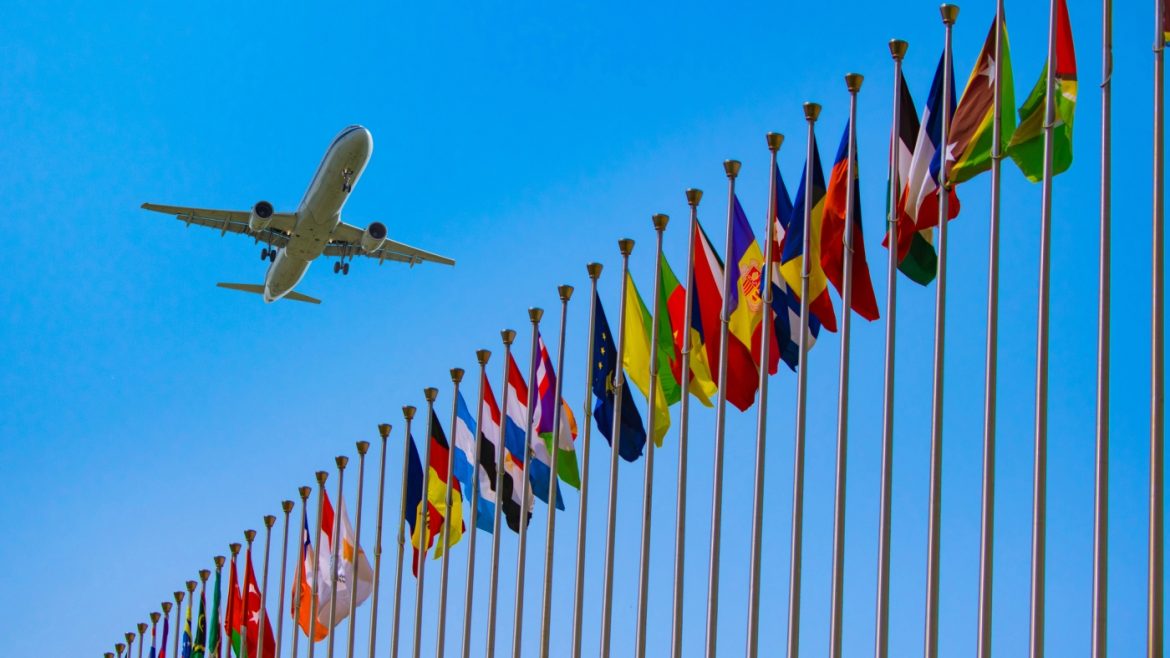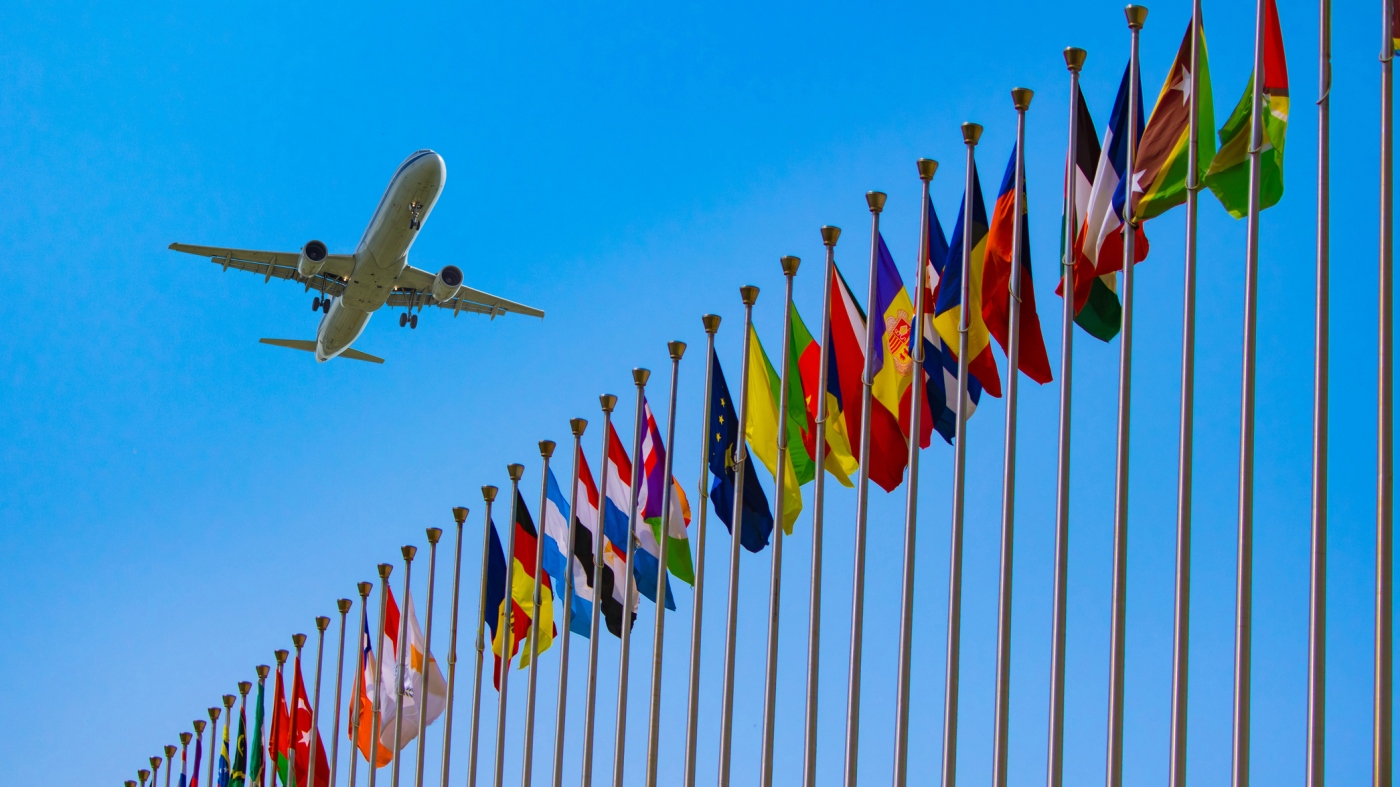The Evolution and Expansion of the Trump Travel Ban: An In-Depth Analysis
Introduction: Revisiting the Travel Ban Policy
Since its inception during President Donald Trump’s first term, the U.S. travel ban has been a significant and controversial policy aimed at restricting entry for nationals of select countries under the banner of national security. Initially targeting seven majority-Muslim nations, the policy has evolved both in scope and scale. Recent developments indicate a potential drastic expansion, with up to 36 additional countries possibly being added, nearly tripling the original list of targeted nations. This analysis explores the expansion’s implications, background, and the geopolitical landscape shaped by these travel restrictions.
Expanding the List: From a Dozen to Dozens More
The administration initially signed a proclamation implementing travel restrictions on nationals from 12 countries, predominantly located in Africa and the Middle East, citing terrorism and other national security concerns. The ban includes full suspensions of entry from 12 countries and partial restrictions on an additional seven more. However, an internal State Department memo, leaked to several major news outlets, outlines plans to broaden this policy further by potentially adding up to 36 countries. Such an expansion would increase the total number of restricted nations to nearly 43.
This new list reportedly includes countries across multiple continents, involving African and Caribbean nations, as well as others deemed to pose similar security risks. Some reports mention names like Afghanistan, Cuba, Syria, and Haiti among those potentially facing new or expanded restrictions.
Historical and Legal Context
The travel ban policy echoes the first iteration enforced in 2017, often referred to as the “Muslim ban,” which underwent numerous revisions before the Supreme Court ultimately upheld a version of it in 2018. The current expansion mirrors this earlier approach but is broader in scale and, arguably, scope.
The previous ban faced multiple legal challenges, with some federal courts blocking provisions or requiring modifications because of concerns over discrimination and fairness. Expanding the ban now raises questions about the ability of the administration to enforce these restrictions without facing similar judicial scrutiny. Earlier, courts blocked core portions of the policy, indicating the contentious legal environment surrounding such measures.
National Security Justifications
President Trump and his administration defend the travel bans as essential tools to safeguard the country from what they characterize as “foreign terrorists” and threats to public safety. According to official proclamations and statements, the objective is to impose “common sense security standards” to prevent individuals from countries with weak counterterrorism infrastructure or high risks of visa overstays from entering the United States.
The official documents highlight concerns such as insufficient background checks, inadequate travel documentation, and sources of terrorism or extremist ideology. The administration asserts that these restrictions will protect American citizens by curbing dangerous foreign actors from gaining entry.
Economic, Cultural, and Geopolitical Ramifications
A travel ban affecting dozens of countries has far-reaching consequences beyond national security rhetoric. Such restrictions influence diplomatic relations, international business, tourism, academic exchanges, and the movement of families and refugees. Citizens of affected countries face heightened scrutiny, visa denials, and travel delays, significantly impacting personal and professional lives.
Multiple international sporting events and cultural exchanges hosted in or involving the United States could be disrupted due to restricted travel. Moreover, the travel bans carry symbolic weight, underpinning the United States’ posture on immigration, global cooperation, and diversity.
Criticism and Controversy
Critics argue that the travel ban disproportionately affects Muslim-majority countries and regions facing humanitarian crises. They contend that such sweeping bans often punish innocent civilians rather than target genuine security threats, fostering discrimination, and isolating the U.S. from allies and international partners.
Human rights groups and various nations on the proposed list have expressed opposition, citing concerns about fairness, due process, and the moral implications of cutting off visas to asylum seekers, students, and workers.
Challenges of Enforcement and Implementation
Enforcing travel bans on a significantly larger number of countries presents logistical challenges. Embassies and consulates must meet new security requirements, process visa applications accordingly, and implement enhanced vetting procedures. Diplomats from the newly listed countries have been urged to meet tightened standards or face full travel suspensions.
Additionally, the administration’s inconsistent messaging, court rulings, and diplomatic negotiations could complicate how and when these restrictions take full effect.
Conclusion: A Policy With Broad Impact and Complex Implications
The Trump administration’s consideration to nearly triple the number of countries subjected to travel bans marks a notable intensification of a controversial immigration policy. While framed as a necessity for national security, the expanded ban has sweeping implications, spanning legal challenges, international relations, human rights concerns, and the global perception of the United States.
Moving forward, the administration’s ability to balance security interests with diplomatic obligations and humanitarian principles will be critical. The ultimate impact of this policy will rest not only on enforcement but on the broader context in which these measures unfold—the global tapestry of mobility, security, and cooperation in an increasingly interconnected world.


